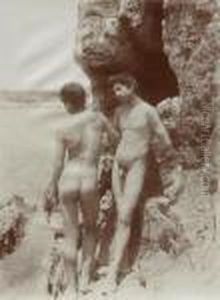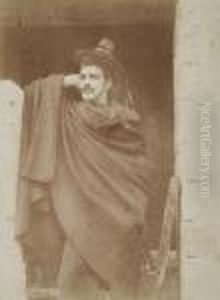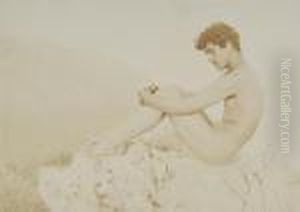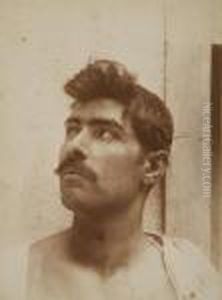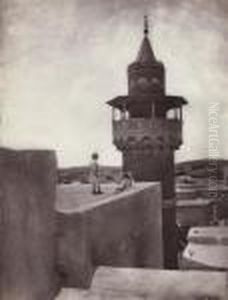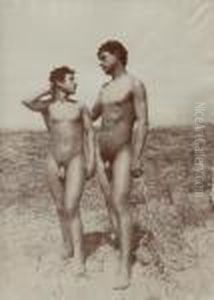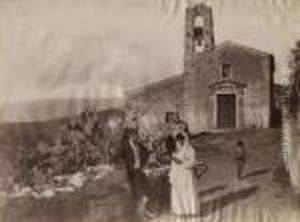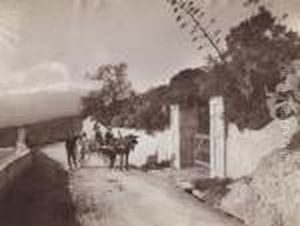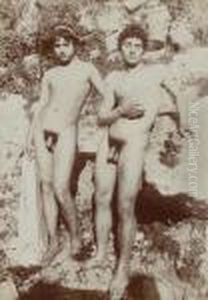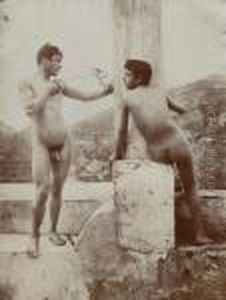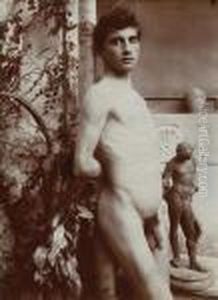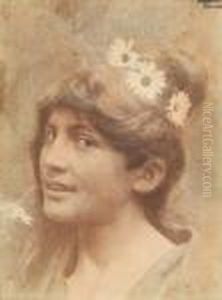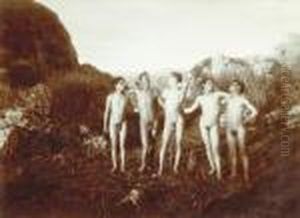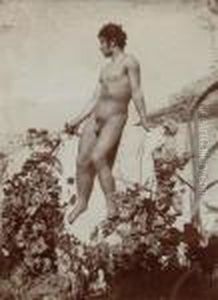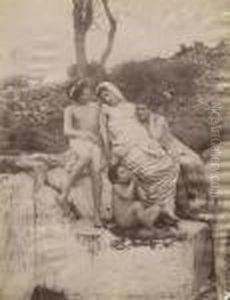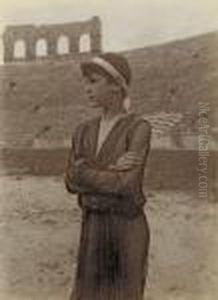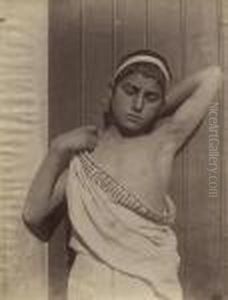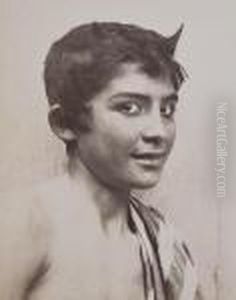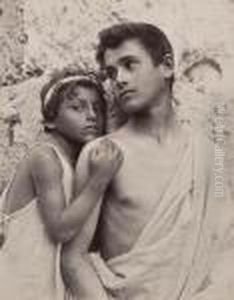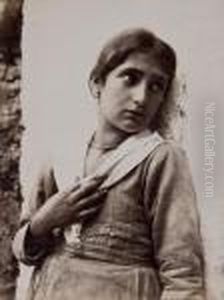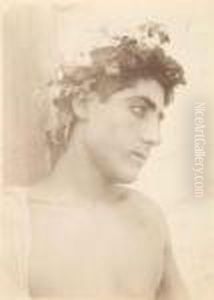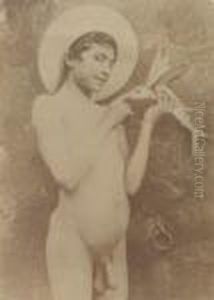Wilhelm, Freiherr Von Gloeden Paintings
Wilhelm von Gloeden was a German photographer who became famous for his pastoral nude studies of Sicilian boys and men. Born on September 16, 1856, in Mecklenburg, von Gloeden was a baron by inheritance. Suffering from tuberculosis, he was advised to spend time in a Mediterranean climate for health reasons. This advice led him to Taormina, Sicily, in 1878, where he would spend most of his life.
Initially, von Gloeden took up photography as a hobby, but his work quickly gained attention for its distinctive style and subject matter. Drawing inspiration from ancient Greek and Roman art, von Gloeden often posed his subjects in idyllic, Arcadian settings, using props and clothing—or the lack thereof—to evoke a sense of classical antiquity. He was also known for using a special printing process that gave his images a soft, painterly quality.
His work was celebrated in his time for its artistic quality and was collected by various European aristocrats and cultural figures. However, his photography was also controversial, especially due to the homoerotic undertones which were considered provocative in the conservative social climate of the time. Despite this, von Gloeden had significant influence on later photographers and helped to shape the medium as an art form.
In addition to his photography, von Gloeden was also known for his philanthropy. He became a benefactor to the local community in Taormina, supporting the town’s people and economy during his residence there.
Wilhelm von Gloeden passed away on February 16, 1931, in Taormina. After his death, many of his negatives were destroyed due to the controversial nature of his work. Nonetheless, he left a lasting legacy in the world of photography, and his remaining works continue to be exhibited and studied as important contributions to art and the history of photography.
